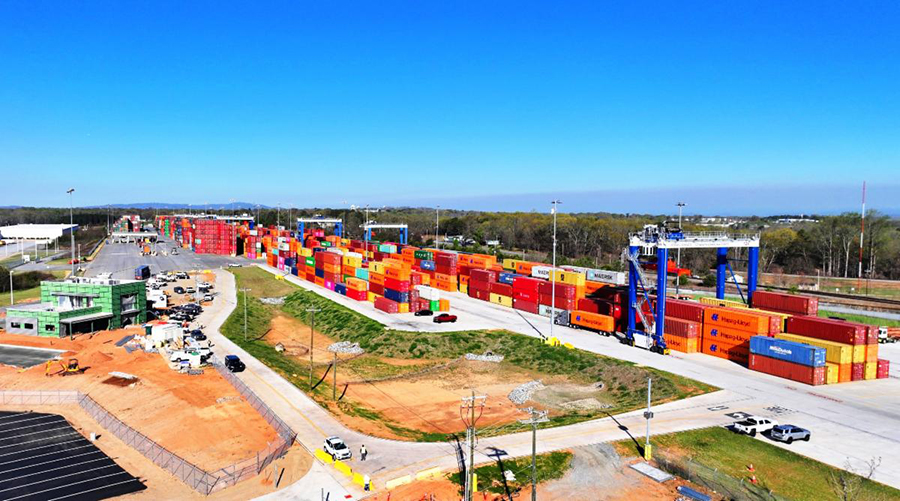Newsletter Sign Up
Stay updated on news, articles and information for the rail industry
Stay updated on news, articles and information for the rail industry
Rail News Home
Rail Industry Trends
Rail News: Rail Industry Trends
7/23/2008
Rail News: Rail Industry Trends
AAR's Hamberger: Chemical shippers should share, help find solutions to haz-mat transportation risks
advertisement
Calling all hazardous materials shippers. The Association of American Railroads (AAR) is urging you to partner with the nation's railroads to improve the safety of transporting haz-mat and toxic inhalation hazard (TIH) commodities.
However, the rail industry is not seeking to eliminate its common carrier obligation with respect to hazardous materials, AAR President and Chief Executive Officer Edward Hamberger said yesterday at a Surface Transportation Board (STB) hearing on railroads' common carrier obligation.
"It's only reasonable that those who make extremely hazardous materials demonstrate that they also have the same public safety commitment," he said. "If there is a public interest need for the railroads to be compelled to carry TIH materials, there is a corresponding public interest imperative for the industry to do what is necessary to best ensure the public's safety."
Because there are unique risks involved in transporting dangerous chemicals, shippers should share those risks with railroads and help find ways to eliminate them, Hamberger said. In addition, the STB should find it reasonable for shippers of highly toxic materials to share transportation risks, he believes.
"We train thousands of local emergency responders and have implemented special operating procedures on trains carrying TIH," said Hamberger. "It's only right that those who make and ship these dangerous chemicals both share in the risks we face to transport their hazardous materials and have the same incentive to eliminate those risks."
The only way to completely eliminate the risks is to replace hazardous materials with safer chemicals and technologies, and shippers should devote more resources toward developing safer TIH substitutes, Hamberger believes.
However, the rail industry is not seeking to eliminate its common carrier obligation with respect to hazardous materials, AAR President and Chief Executive Officer Edward Hamberger said yesterday at a Surface Transportation Board (STB) hearing on railroads' common carrier obligation.
"It's only reasonable that those who make extremely hazardous materials demonstrate that they also have the same public safety commitment," he said. "If there is a public interest need for the railroads to be compelled to carry TIH materials, there is a corresponding public interest imperative for the industry to do what is necessary to best ensure the public's safety."
Because there are unique risks involved in transporting dangerous chemicals, shippers should share those risks with railroads and help find ways to eliminate them, Hamberger said. In addition, the STB should find it reasonable for shippers of highly toxic materials to share transportation risks, he believes.
"We train thousands of local emergency responders and have implemented special operating procedures on trains carrying TIH," said Hamberger. "It's only right that those who make and ship these dangerous chemicals both share in the risks we face to transport their hazardous materials and have the same incentive to eliminate those risks."
The only way to completely eliminate the risks is to replace hazardous materials with safer chemicals and technologies, and shippers should devote more resources toward developing safer TIH substitutes, Hamberger believes.


 LRW Honors Amtrak’s Acheson As Railway Woman Of The Year
LRW Honors Amtrak’s Acheson As Railway Woman Of The Year
 From Editor-In-Chief Foran: Of Gender Equity And Inclusion
From Editor-In-Chief Foran: Of Gender Equity And Inclusion
 Spotlight On Some Of Today’s Rail Safety Products
Spotlight On Some Of Today’s Rail Safety Products
 Women of Influence in Rail eBook
Women of Influence in Rail eBook
 railPrime
railPrime







